Creating a butterfly garden is a fun and rewarding activity that seniors can enjoy. Not only does it provide a beautiful space to relax and enjoy nature, but it also helps to support the local ecosystem. In this article, we will share some tips on how to create a butterfly garden that is perfect for seniors.
To start, we recommend choosing a sunny location for your garden as butterflies love to bask in the sun. It is also important to select plants that attract butterflies. Some great options include milkweed, coneflowers, and butterfly bush. We suggest selecting a variety of plants that bloom at different times of the year to ensure a constant food source for the butterflies.
Another important factor to consider is providing a habitat for butterflies to lay their eggs. This can be achieved by including host plants in your garden, such as milkweed for monarch butterflies. By providing a suitable environment for butterflies to lay their eggs, you can help to support the local population and contribute to the conservation of these beautiful creatures.
Understanding Butterflies
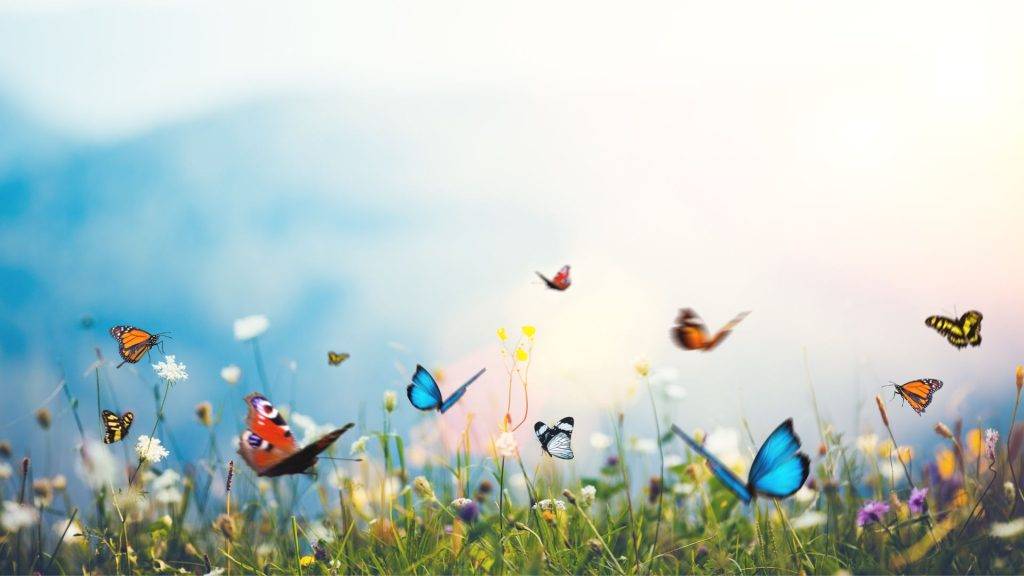
As we embark on creating a butterfly garden, it’s important to have a basic understanding of these beautiful creatures. Let’s explore some key information about butterflies.
Butterfly Species
Did you know that there are over 20,000 species of butterflies worldwide? In North America alone, there are around 700 species. Some of the most common species you may see in your butterfly garden include the Monarch, the Swallowtail, and the Painted Lady.
Different butterfly species have different preferences when it comes to the plants they feed on and the habitats they prefer. By understanding the species that are native to your area, you can create a garden that will attract a diverse range of butterflies.
Butterfly Lifecycle
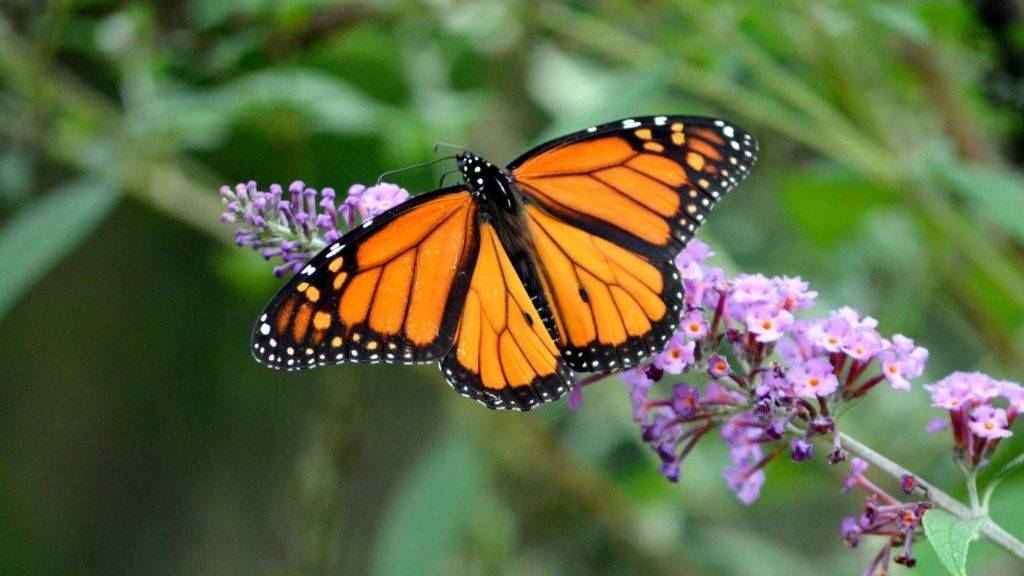
Butterflies go through a fascinating lifecycle that includes four stages: egg, larva (caterpillar), pupa (chrysalis), and adult. Each stage has unique characteristics and requirements.
For example, during the larva stage, caterpillars consume large amounts of leaves to fuel their growth. Providing host plants for caterpillars to feed on is essential for supporting a healthy butterfly population in your garden.
During the pupa stage, the chrysalis may appear dormant, but inside, the butterfly is undergoing a remarkable transformation. Finally, the adult butterfly emerges from the chrysalis and begins its life as a beautiful, winged creature.
Understanding the lifecycle of butterflies can help us create a garden that supports each stage of their development. By providing host plants for caterpillars and nectar-rich flowers for adult butterflies, we can create a thriving butterfly habitat in our own backyard.
Benefits of Butterfly Gardening for Seniors
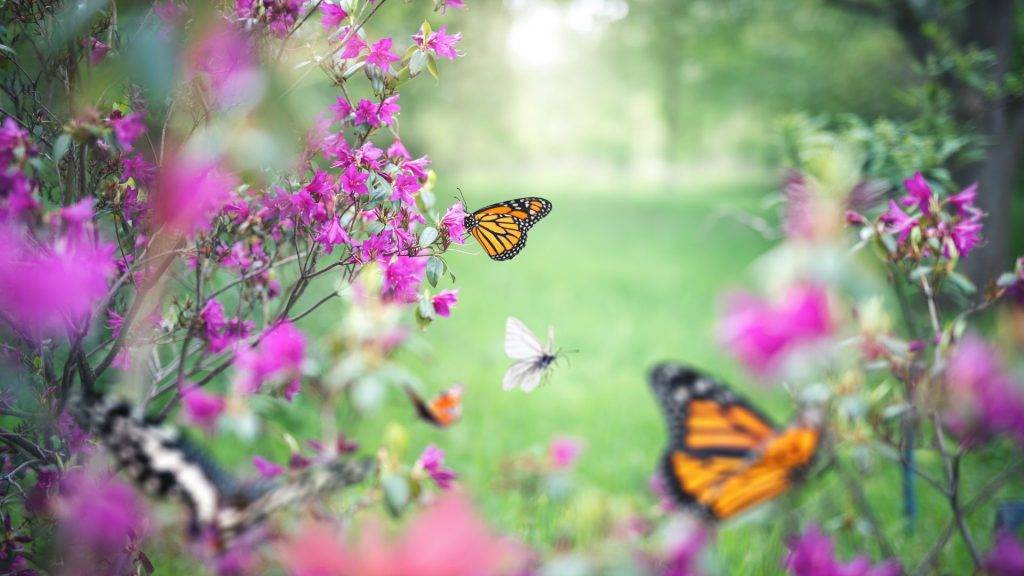
Creating a butterfly garden is not only a fun and rewarding hobby, but it also has many benefits for seniors. Here are some reasons why butterfly gardening is a great activity for us:
- Physical activity: Butterfly gardening involves a lot of physical activity, which is great for seniors who want to stay active. We can spend time outdoors, digging, planting, and tending to our garden. This can help us stay fit and healthy.
- Mental stimulation: Gardening is a great way to keep our minds active and engaged. We have to plan and design our garden, choose the right plants, and care for them properly. This can help us stay mentally sharp and prevent cognitive decline.
- Stress relief: Spending time in nature and working with plants can be very calming and relaxing. It can help us reduce stress and anxiety, which is important for our overall health and wellbeing.
- Social interaction: Butterfly gardening can be a great way to connect with other people who share our interests. We can join gardening clubs or attend workshops and events to learn more about butterfly gardening and meet new people.
- Environmental benefits: Butterfly gardening is also good for the environment. By providing food and habitat for butterflies, we can help support local ecosystems and promote biodiversity.
Overall, butterfly gardening is a great activity for seniors who want to stay active, engaged, and connected to nature. It offers many physical, mental, and social benefits, and it can be a lot of fun too!
Choosing the Right Location
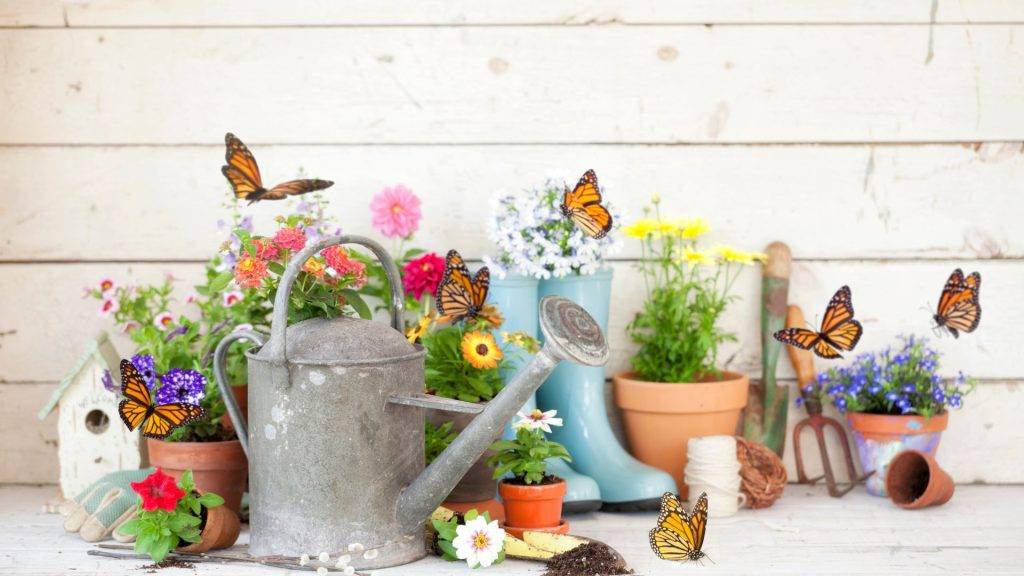
When it comes to creating a butterfly garden, choosing the right location is crucial. Here are some factors to consider when selecting the perfect spot for your garden:
Sunlight
Butterflies love the sun, so it’s important to choose a location that receives plenty of sunlight throughout the day. Look for an area that gets at least six hours of direct sunlight daily.
Protection from the Wind
While butterflies love the sun, they don’t like strong winds. Choose a location that is protected from strong gusts of wind, such as behind a fence or near a building.
Water Source
Butterflies need a source of water, so it’s important to choose a location near a water source. This could be a nearby pond, stream, or even a bird bath.
Accessibility
As seniors, we want to make sure that our butterfly garden is easily accessible. Choose a location that is easy to get to and that has a flat surface to prevent tripping hazards.
Soil Quality
Butterfly gardens thrive in well-draining soil, so it’s important to choose a location with good soil quality. If the soil in your chosen location is poor, consider adding compost or other organic matter to improve its quality.
By considering these factors, we can choose the perfect location for our butterfly garden that will attract these beautiful creatures and provide us with hours of enjoyment.
Selecting Butterfly-Friendly Plants
When it comes to creating a butterfly garden, selecting the right plants is crucial. We want to choose plants that will provide both nectar and host sources for butterflies. Here are some tips for selecting butterfly-friendly plants.
Nectar Plants
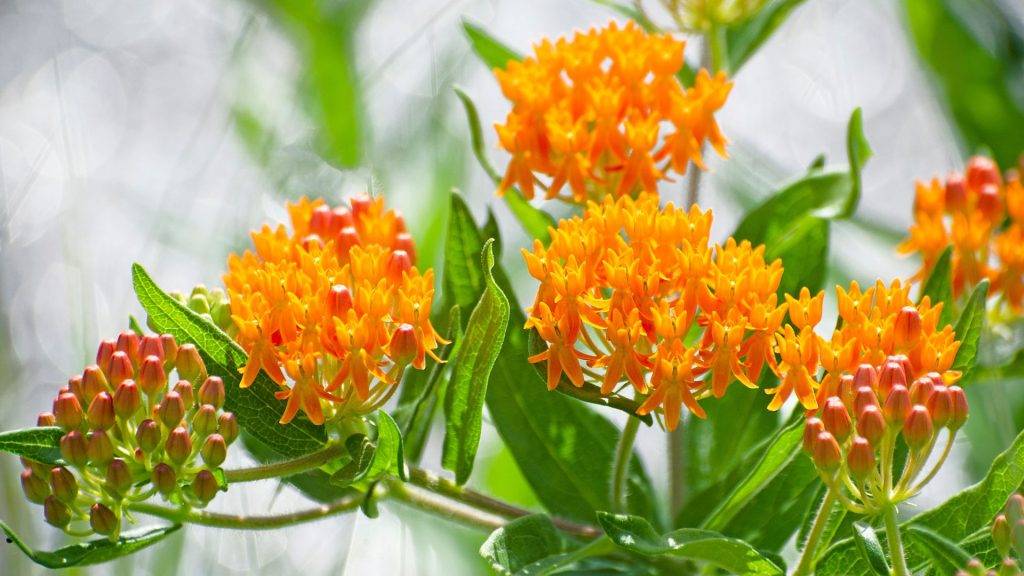
Butterflies feed on nectar, so it’s important to include nectar plants in your garden. These plants produce the sweet liquid that butterflies need to survive. Here are some examples of nectar plants that are butterfly-friendly:
| Plant Name | Bloom Time | Height | Sun Exposure |
|---|---|---|---|
| Butterfly Bush | Summer to Fall | 6-10 feet | Full Sun |
| Coneflower | Summer to Fall | 2-5 feet | Full Sun |
| Black-Eyed Susan | Summer to Fall | 2-3 feet | Full Sun |
| Milkweed | Summer to Fall | 2-5 feet | Full Sun |
| Lantana | Summer to Fall | 1-6 feet | Full Sun |
These are just a few examples of nectar plants that can be included in a butterfly garden. It’s important to choose plants that bloom at different times throughout the season to provide a continuous source of nectar for butterflies.
Host Plants
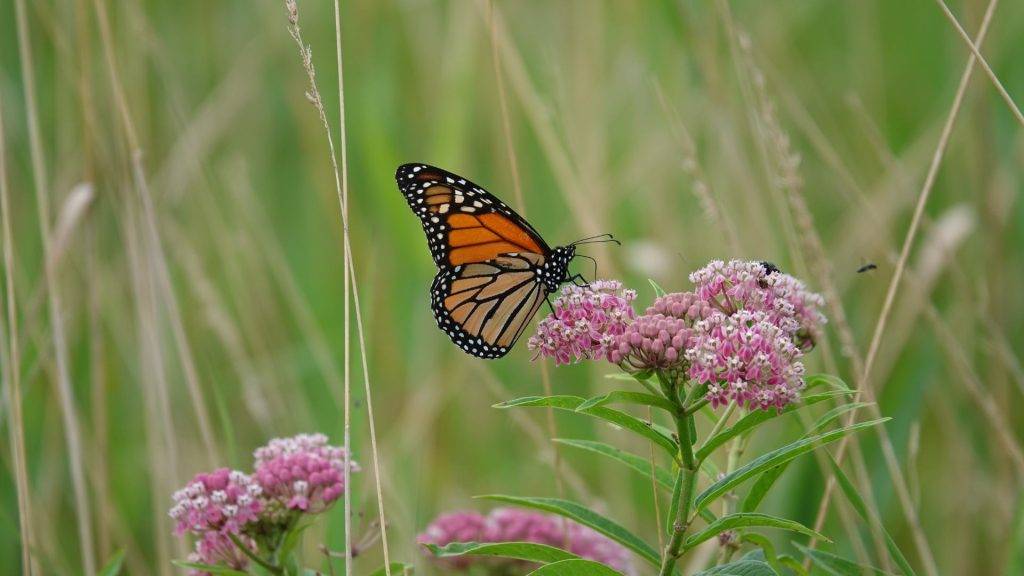
In addition to nectar plants, it’s important to include host plants in your butterfly garden. Host plants are plants that butterflies lay their eggs on, and the resulting caterpillars feed on the leaves. Here are some examples of host plants that are butterfly-friendly:
- Milkweed: Monarch butterflies lay their eggs on milkweed plants, and the resulting caterpillars feed on the leaves.
- Parsley: Black swallowtail butterflies lay their eggs on parsley plants, and the resulting caterpillars feed on the leaves.
- Dill: Black swallowtail butterflies also lay their eggs on dill plants, and the resulting caterpillars feed on the leaves.
- Fennel: Swallowtail butterflies lay their eggs on fennel plants, and the resulting caterpillars feed on the leaves.
Including host plants in your butterfly garden will not only provide food for caterpillars but also attract adult butterflies looking for a place to lay their eggs.
Overall, selecting the right plants is crucial for creating a butterfly-friendly garden. By including both nectar and host plants, we can provide a habitat that supports the entire life cycle of butterflies.
Designing the Garden
When designing a butterfly garden for seniors, it’s important to consider their comfort and mobility. Here are some tips to create a beautiful and functional butterfly garden for seniors.
Creating a Butterfly Habitat
To attract butterflies, it’s important to provide a habitat that meets their basic needs. Butterflies need food, water, shelter, and a place to lay their eggs. Here are some tips to create a butterfly habitat in your garden:
- Plant a variety of nectar-rich flowers that bloom throughout the season. Some examples include butterfly bush, coneflower, and zinnia.
- Include host plants that caterpillars can feed on. Different butterfly species have different host plant preferences. For example, monarch caterpillars feed exclusively on milkweed.
- Provide a shallow dish of water with pebbles for butterflies to drink from.
- Create shelter by planting shrubs and trees that provide shade and protection from wind.
Incorporating Seating Areas
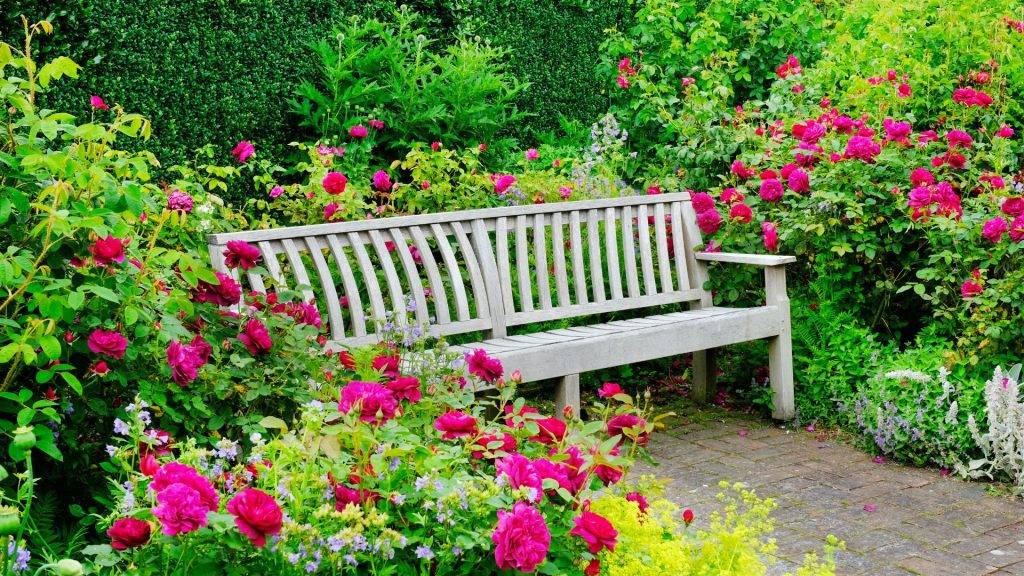
It’s important to create seating areas in the butterfly garden so seniors can enjoy the beauty of the butterflies and the garden. Here are some tips to incorporate seating areas in your butterfly garden:
- Choose comfortable and sturdy seating options that are easy to get in and out of. Avoid chairs with low seats or armrests that make it difficult for seniors to get up.
- Place seating areas in shaded areas of the garden to provide relief from the sun.
- Consider adding a pergola or trellis with climbing plants to create a shaded seating area.
- Include a small table or surface to place drinks or snacks while enjoying the garden.
By incorporating these tips, we can create a beautiful and functional butterfly garden that seniors can enjoy for years to come.
Maintaining the Butterfly Garden
Once we have created our butterfly garden, it’s important to maintain it to ensure that it continues to attract these beautiful creatures. In this section, we will discuss how to maintain a butterfly garden in three sub-sections: watering, weeding, and seasonal care.
Watering
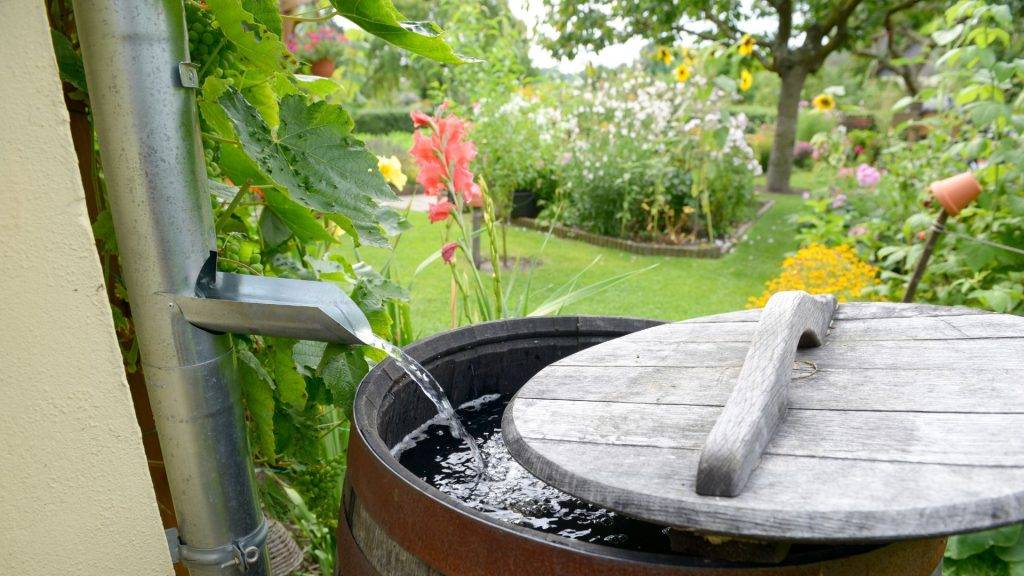
Butterflies and their larvae require water, so it’s important to keep the garden hydrated. We can water the garden by hand or use a sprinkler system. It’s important to water the garden in the morning or late afternoon to prevent evaporation during the hot midday sun. We can also use a rain barrel to collect rainwater and use it to water the garden during dry spells.
Weeding
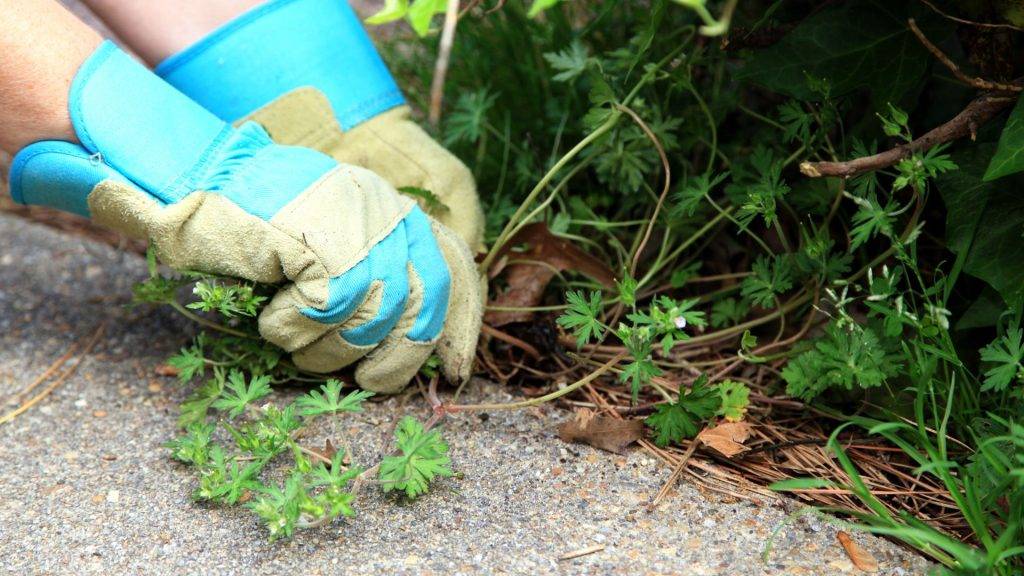
Weeds can be detrimental to our butterfly garden as they can compete with our plants for nutrients and water. We can prevent weeds from growing by mulching our garden beds with organic materials such as leaves, straw, or grass clippings. We can also pull weeds by hand or use a hoe to remove them. It’s important to remove weeds before they go to seed to prevent them from spreading.
Seasonal Care
To ensure that our butterfly garden flourishes year after year, we need to take care of it seasonally. In the spring, we can fertilize our plants with compost or a slow-release fertilizer to promote growth. During the summer, we can deadhead our flowers to encourage new blooms. In the fall, we can cut back dead foliage and add a layer of mulch to protect our plants during the winter.
By following these simple steps, we can maintain a beautiful butterfly garden that will attract these delicate creatures for years to come.
Engaging Seniors in Butterfly Gardening
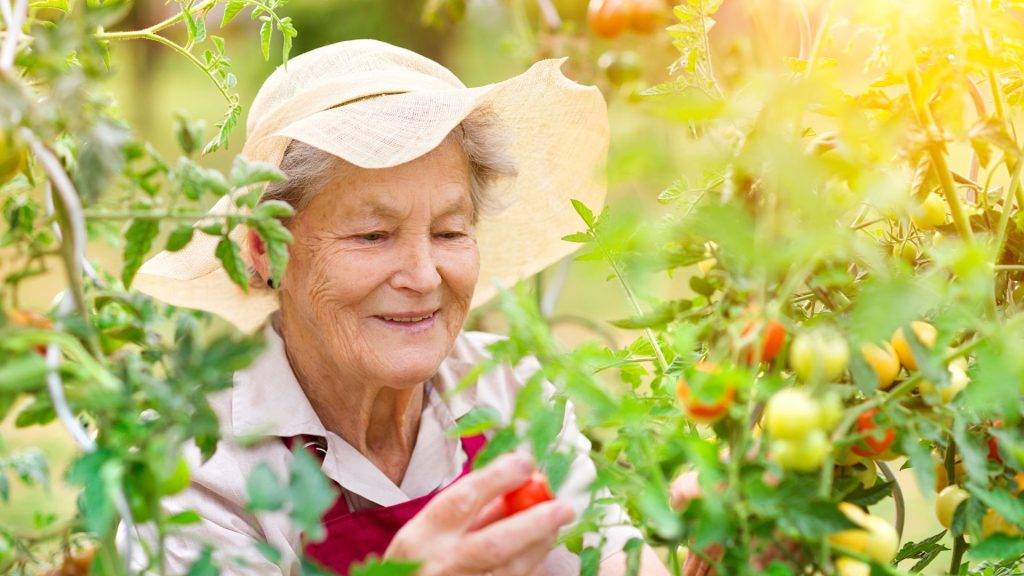
Gardening is a great way for seniors to stay active and engaged with the natural world. Butterfly gardening, in particular, can be a rewarding activity that provides a multitude of benefits for both the gardener and the environment. Here are some ideas on how to engage seniors in butterfly gardening.
Gardening Activities
One way to engage seniors in butterfly gardening is to involve them in various gardening activities. For example, they can help with planting and maintaining the garden, watering the plants, and weeding. These activities not only provide physical exercise but also help seniors feel a sense of accomplishment and purpose.
To make gardening more accessible for seniors, consider using raised garden beds or container gardens. These options can be easier on the back and knees and require less bending and kneeling. Additionally, using tools with ergonomic handles and lightweight materials can make gardening more comfortable and enjoyable.
Butterfly Watching

Another way to engage seniors in butterfly gardening is to encourage them to observe and learn about the butterflies that visit the garden. This can be a relaxing and educational activity that promotes mindfulness and appreciation for the natural world.
To attract butterflies to the garden, plant a variety of nectar-rich flowers and host plants that caterpillars can feed on. Some examples of butterfly-friendly plants include milkweed, coneflowers, and butterfly bush. You can also provide a shallow dish of water or a butterfly puddling station for butterflies to drink from.
Encourage seniors to keep a journal or take photos of the butterflies they observe in the garden. They can also participate in citizen science projects such as the Great Sunflower Project or the Monarch Larva Monitoring Project to contribute to scientific research on butterfly populations.
In conclusion, butterfly gardening can be a fun and rewarding activity for seniors that promotes physical activity, mental well-being, and environmental stewardship. By involving seniors in gardening activities and encouraging butterfly watching, we can help them stay engaged and connected with the natural world.
Conclusion
Creating a butterfly garden is a great way for seniors to enjoy nature and spend time outdoors. By following the tips and guidelines we have provided, you can create a beautiful and thriving butterfly garden that will attract a variety of butterfly species.
Remember to choose plants that are native to your area, provide both nectar and host plants, and avoid using pesticides. You can also add features like a butterfly house or feeder to enhance the garden and provide additional habitat for butterflies.
Maintaining your butterfly garden will require some effort, but the rewards are well worth it. You will get to observe the fascinating life cycle of butterflies and enjoy the beauty of their colorful wings. Plus, you will be doing your part to support local ecosystems and promote biodiversity.
We hope this guide has been helpful in creating your own butterfly garden. Happy gardening!
